Understanding Intubation Blades Types for Medical Use
Dec 23, 2023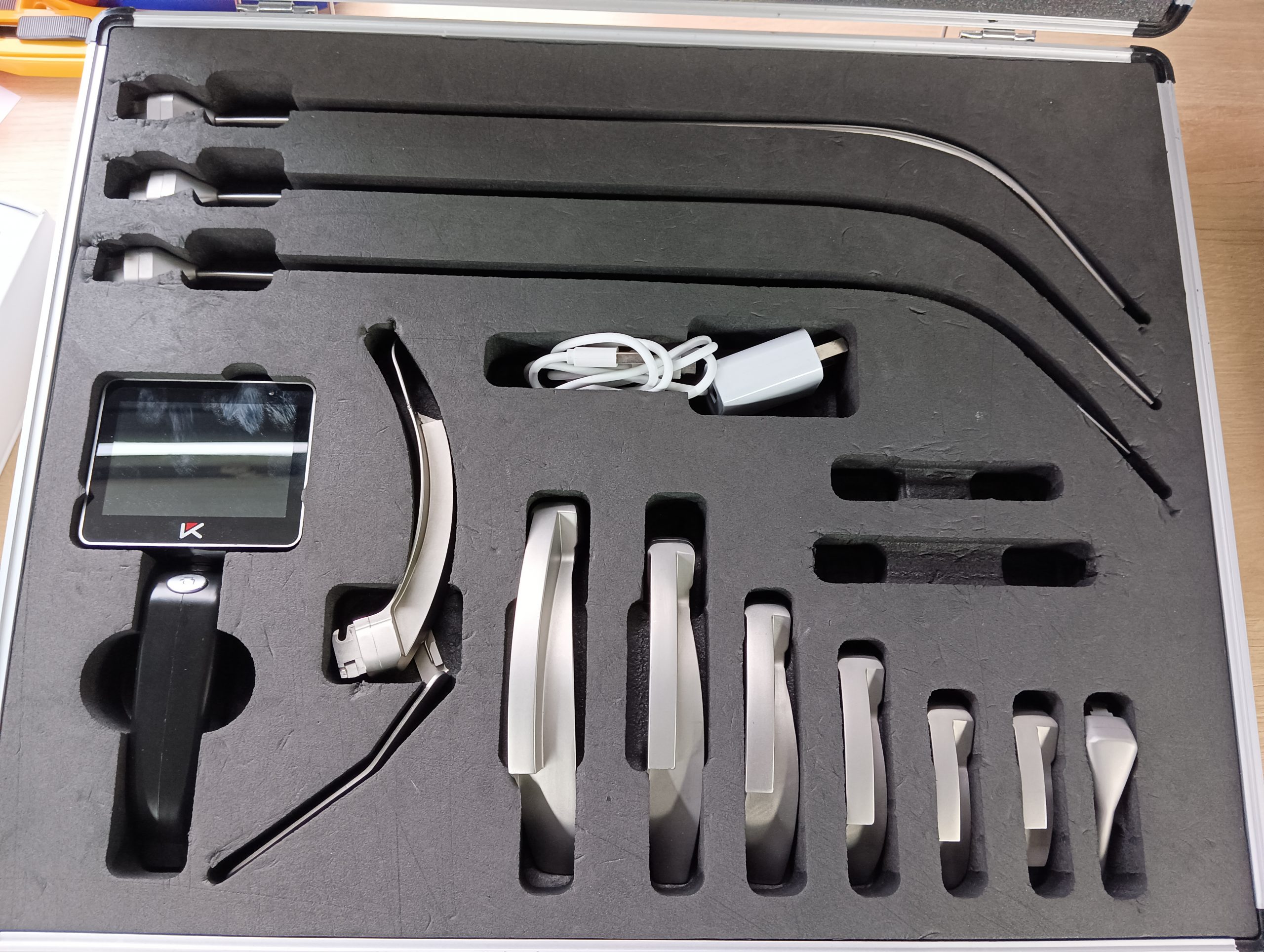
intubation blades types are crucial procedure in airway management during medical emergencies and critical care scenarios. It involves inserting a tube into a patient’s airway to facilitate breathing or administer medication. Intubation requires specialized equipment and the selection of the appropriate intubation blade is an important consideration.
Intubation blades come in different types and designs, each with specific features and benefits. Understanding the various options available is essential for healthcare professionals to ensure safe and effective intubation. In this article, we will explore the different intubation blade types and their functions.
Key Takeaways:
- Intubation blades are important tools in airway management for medical emergencies and critical care scenarios.
- The right selection of intubation blade type is crucial for safe and effective intubation.
- There are different types of intubation blades, each with unique features and advantages.
- Understanding the types and functions of intubation blades is essential for healthcare professionals.
The Role of Intubation Blades in Airway Management
Intubation blades play a crucial role in airway management during medical emergencies and procedures. They are essential tools used by healthcare professionals to provide efficient and safe endotracheal intubation to patients.
There are different intubation blade options available, each designed to suit specific patient needs and clinical situations. Choosing the right type of blade is critical to ensure successful intubation outcomes and minimize the risk of complications.
For instance, straight blades are preferred in cases where mouth opening is limited, and there is a need to lift the epiglottis. Curved blades, on the other hand, are ideal for patients with a normal airway or those with a challenging airway, as they offer an improved view of the larynx. Miller blades are a popular choice for pediatric patients, while Macintosh blades are typically used for routine intubation procedures in adults. Fiber optic blades and video laryngoscope blades are advanced intubation blade types that offer improved visualization and can be useful in difficult airway cases.
It is crucial to select the appropriate intubation blade type based on patient anatomy, clinical setting, and skill level. Some important features and considerations to keep in mind when choosing an intubation blade include blade length and size, blade material, level of illumination, and ergonomics.
Overall, understanding intubation blade types and the role they play in airway management is essential for healthcare professionals to provide safe and effective patient care.
Straight Blade Intubation
Straight blades are a commonly used type of intubation blade. They are preferred when a direct line of sight to the vocal cords is necessary, such as when there are limitations in cervical mobility or in patients with a short neck. Straight blades are also useful in patients with a large tongue or other anatomical obstructions. They come in various sizes ranging from Macintosh size 0 to 4.
One of the main advantages of straight blades is their simplicity. They have a straightforward design that makes them easy to use and less likely to malfunction. Straight blades also have a wider and more curved shape compared to other types, which allows for better visibility and control during intubation.
However, due to their larger size and shape, straight blades can be more difficult to maneuver in certain airway scenarios. Therefore, it is important to carefully evaluate patient anatomy and clinical factors when selecting the appropriate intubation blade for the situation.
Curved Blade Intubation
Curved blade intubation is a specialized technique that involves using an advanced type of intubation blade to navigate difficult airway scenarios. This technique is particularly effective in patients with limited neck mobility or those with abnormal anatomy.
There are different variations of curved blades, each designed for specific applications. For instance, the Macintosh blade is a type of curved blade that is commonly used in routine intubations. Another curved blade commonly used in clinical settings is the Wis-Hipple blade, which is commonly seen in pediatric settings.
Curved blades are preferred for their unique ability to improve visualization of the glottis and larynx, making it more accessible for intubation. Their curved shape allows them to reach areas that straight blades may not be able to access.
Curved blade intubation requires advanced skill and proper training to ensure safe and effective application. It is recommended for use in specific clinical settings or under the guidance of a trained professional.
Miller Blade Intubation
The Miller blade is one of the top intubation blade choices for medical professionals. It is a straight blade that comes in various sizes to accommodate different patient populations. One of its unique features is its flattened distal end, which facilitates the visualization of the glottis and makes it easier to control the tip of the blade during intubation.
The Miller blade is especially suitable for patients with small mouths or limited jaw mobility, as it requires less space to maneuver than other types of intubation blades. Additionally, its slim design allows for precise control and better access to tight anatomical spaces.
When selecting the Miller blade for intubation, it’s important to consider factors such as the patient’s airway anatomy, the degree of difficulty of the procedure, and the clinician’s skill level. However, due to its versatility and effectiveness, the Miller blade remains a popular choice in many clinical settings.
Macintosh Blade Intubation
The Macintosh blade is a curved intubation blade used in many medical settings for tracheal intubation procedures. It has a curved shape that allows for easy insertion into the patient’s mouth, making it a popular choice among clinicians.
One of the advantages of the Macintosh blade is its compatibility with various patient anatomies and medical scenarios. It is especially suitable for routine intubations and difficult airway management, such as in emergency medicine settings.
The Macintosh blade is also known for its ergonomic design, which allows for easy handling and manipulation during intubation procedures. Its shape and size make it easy to maneuver around the tongue and other obstacles in the patient’s airway, reducing the risk of complications.
Overall, the Macintosh blade is a reliable and versatile option for intubation procedures, offering excellent visualization and ease of use. It is one of the most popular intubation blades used by medical professionals worldwide.
Fiber Optic Blade Intubation
Fiber optic blades are a popular type of intubation blade due to their ability to provide enhanced visualization during intubation procedures. These blades utilize fiber optic technology to transmit light onto the patient’s airway, allowing the medical professional to see the area more clearly.
In addition to improved visualization, fiber optic blades offer other benefits, such as reduced patient discomfort and lower risk of injury. They are especially useful in cases where the patient has a difficult airway or there is limited space for maneuvering traditional blades.
When selecting intubation blades, many medical professionals consider fiber optic blades to be one of the best options available due to their advanced technology and enhanced visualization capabilities.
Video Laryngoscope Blade Intubation
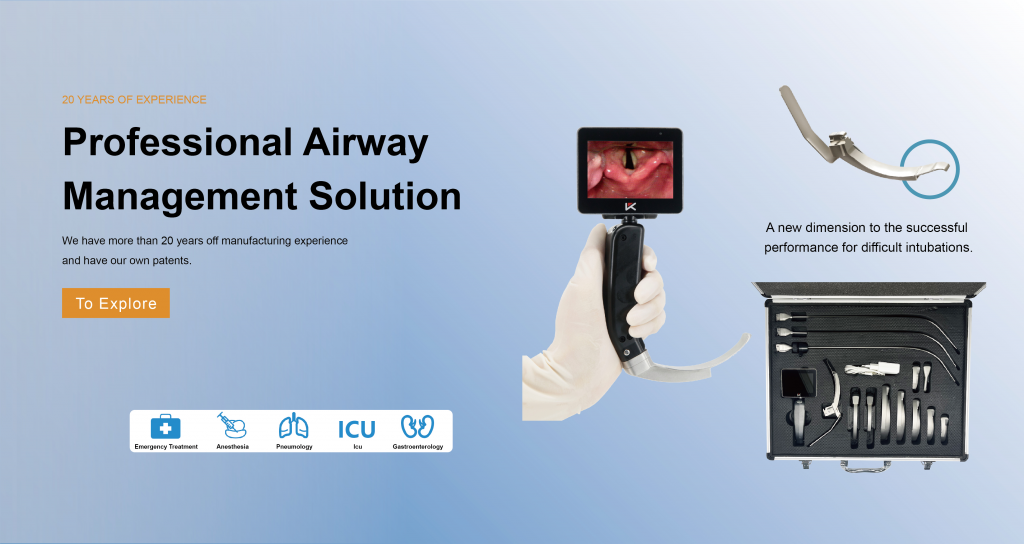
One of the most advanced intubation blade types available today is the video laryngoscope blade. This modern innovation combines a camera and a screen to enhance visualization during intubation procedures. The video laryngoscope blade provides a real-time view of the airway, allowing healthcare professionals to quickly and accurately place the endotracheal tube.
A significant advantage of video laryngoscope blades is that they offer improved visualization, especially in patients with difficult airways. This increased accuracy and precision can lead to improved intubation success rates and reduced complications. Another benefit of video laryngoscope blades is that they can reduce the need for repeated laryngoscopy attempts, which can cause trauma to the airway and prolong the intubation process.
Video laryngoscope blades are an excellent option for advanced intubation procedures. They’re particularly useful for critically ill or injured patients, pediatric patients, and patients with obesity or obstructive sleep apnea. The high-quality visualization provided by video laryngoscope blades offers healthcare professionals greater confidence and precision when placing endotracheal tubes, leading to improved patient outcomes.
Choosing the Right Intubation Blade
Selecting the appropriate intubation blade is a crucial part of airway management. Different types of blades are designed to suit different patients, clinical scenarios, and operator skill levels. When selecting an intubation blade, it is important to consider factors such as patient anatomy, the difficulty of intubation, and the availability of resources.
For less challenging airways, straight blades are often preferred. They are simpler in design, making them easier to use without compromising visualization. However, when dealing with difficult intubation cases, curved blades are preferred for their enhanced visualization in tight spaces.
The Miller blade is an excellent option for pediatric patients, as it minimizes the risk of airway injury. On the other hand, the Macintosh blade is widely used in adults, due to its versatility in different airway scenarios. Fiber optic blades are often preferred in cases of poor visualization, while video laryngoscope blades can increase success rates in difficult cases.
Considerations such as blade size, material, illumination, and ergonomics should also be taken into account. For example, smaller blades are better suited to pediatric patients, while larger blades may offer better visualization in obese patients. Modern materials such as titanium can enhance durability, while LED illumination can provide better visualization.
In summary, selecting the right intubation blade requires careful consideration of patient anatomy, clinical scenario, and available resources. Familiarity with different blade types, as well as their features and advantages, can aid in making informed decisions.
Features and Considerations for Intubation Blades
Intubation blades come in various sizes and materials, each with its specific features and considerations. Choosing the right blade can make all the difference during a medical emergency or procedure. Here are some critical features and considerations to keep in mind when selecting an intubation blade:
Blade Size
The size of the blade is crucial as it must fit the patient’s airway to ensure successful intubation. It is important to consider the age, gender, and size of the patient when selecting a blade. Using the wrong size blade can cause trauma to the airway, resulting in severe complications.
Blade Material
The material of the blade can affect its durability, performance, and maintenance. The most common materials used in intubation blades include stainless steel, plastic, and titanium. Stainless steel blades are durable and easy to clean, while plastic blades are disposable, reducing the risk of cross-contamination. Titanium blades are strong and lightweight, making them suitable for portable emergency cases.
Blade Illumination
Illumination is critical in achieving successful intubation. Blades with built-in illumination provide better visualization of the airway, especially in low-light conditions. The illumination sources used in blades include fiber optics, LED, and traditional bulbs.
Blade Ergonomics
The ergonomics of the blade can impact the user’s comfort and maneuverability during intubation. The handle’s design, weight, and grip texture can make a significant difference in the user’s handling of the blade. Ergonomic blades reduce hand fatigue and the risk of slippage, improving intubation success rates.
By considering these features and selecting the most appropriate blade for each case, medical professionals can conduct safer and more successful intubation procedures.
Conclusion
In conclusion, understanding the different types of intubation blades is crucial for safe and effective airway management in medical emergencies and procedures. From straight blades to curved blades, Miller blades to Macintosh blades, fiber optic blades to video laryngoscope blades, there are various options available to clinicians.
To ensure the best outcomes, it is important to choose the appropriate blade for each patient case and clinical setting. Factors such as patient anatomy, skill level, and available resources should be carefully considered.
In addition, various features and considerations such as blade size, material, illumination, and ergonomics can impact intubation success rates. By staying informed and up-to-date on the latest intubation blade options and features, clinicians can make informed decisions and provide the best possible care for their patients.
Overall, the wide range of intubation blade types and options available can be overwhelming, but with the right knowledge and guidance, clinicians can confidently select the most appropriate blade for each clinical situation.
Categories
Latest Articles
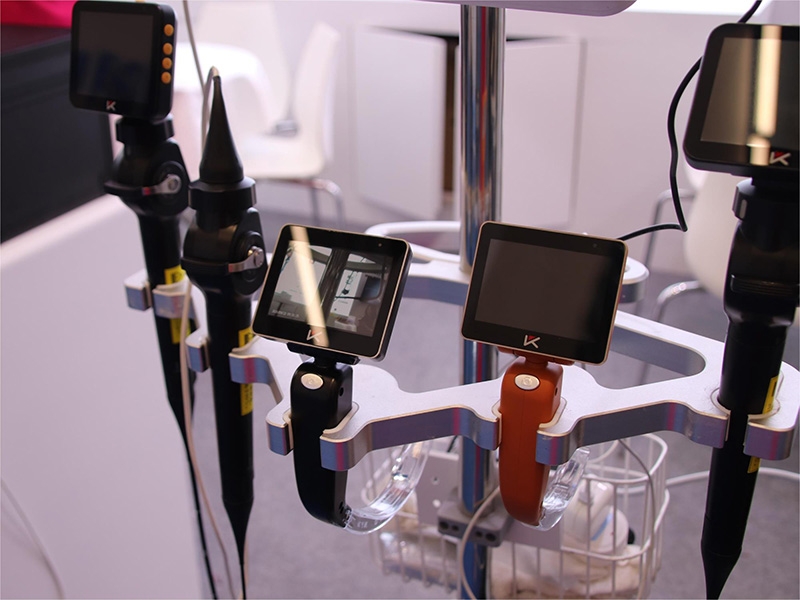
How Much Does the C-MAC Laryngoscope Really Cost?
C-MAC laryngoscopes work well. But they are expensive. The price depends on the model. It also changes with added features or tools. Some setups cost much more than others. Many hospitals do not have extra money. So, they look for other options. They want tools that still work but cost less. This leads to a key question. ... Read more

Mole Medical: Leading Supplier of Advanced Video Laryngoscopes for Safer Airway Management
Why is Precise and Safe Intubation Important? Intubation helps patients breathe when they cannot do it on their own. A clear airway is needed for surgery and emergency care. Doctors must place the tube quickly and correctly. Mistakes can cause injuries or delays. A precise and safe method is important for better patient outcomes. How ... Read more
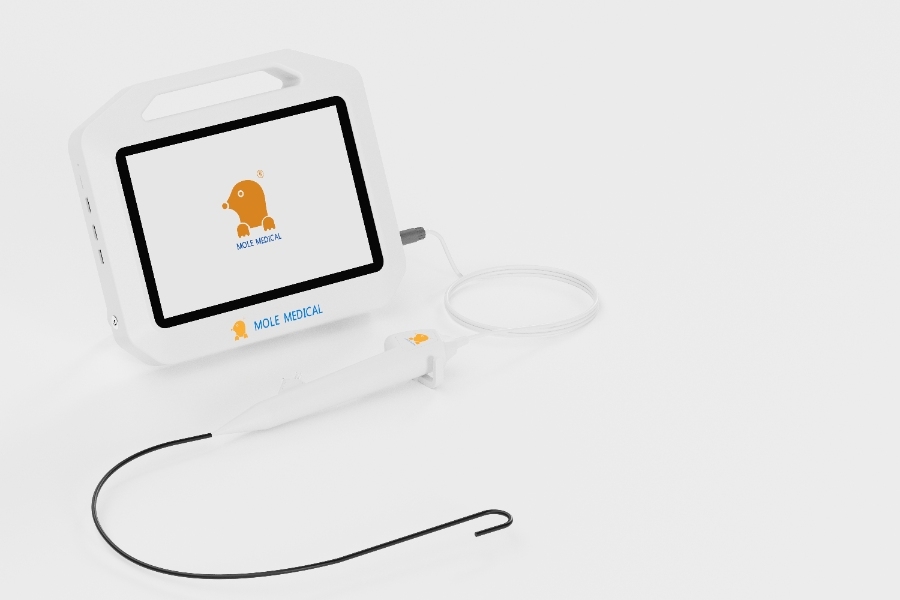
Flexible Digital Disposable Ureteroscopes for Cost-Effective Solutions
How is Technology Changing Urological Procedures? Medical tools are improving fast. Ureteroscopy is now more precise and safer. New devices help doctors see inside the urinary tract clearly. Better imaging and flexible designs make procedures easier. Patients experience less pain and faster recovery. Hospitals need tools that improve accuracy and reduce risks. Why Choose a ... Read more
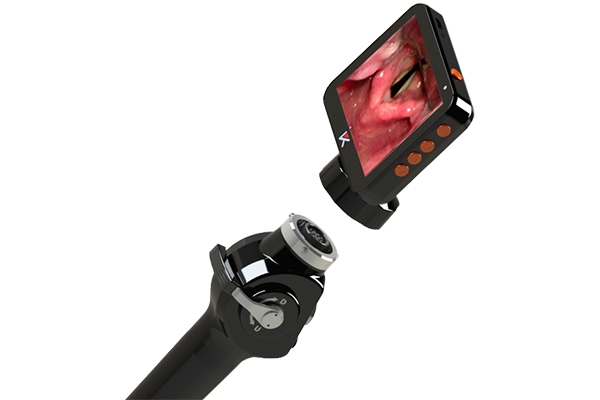
Affordable Bronchoscope: Price, Features, and What to Expect
The Role of Bronchoscopes in Modern Medicine A bronchoscope is an important medical tool. Doctors use it to look inside the lungs and airways. It helps diagnose infections, tumors, and other lung problems. It is also used to remove blockages and take tissue samples. Hospitals and clinics rely on bronchoscopes for many procedures. A clear ... Read more
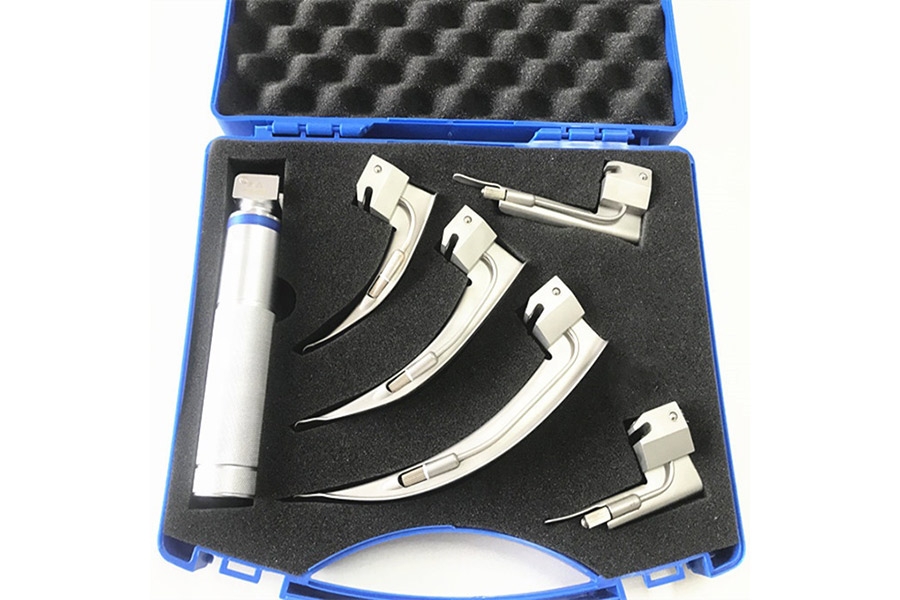
Laryngoscope mole Fiber optic: A Clearer View, A Safer Airway
The Laryngoscope mole Fiber optic is a tool for airway management. It helps doctors see inside the throat. It has a fiber optic system that gives a bright and clear view. Doctors use it to guide breathing tubes into the airway. It makes intubation easier and safer. This laryngoscope works with different blades. The Miller blade ... Read more



